Los Angeles is reeling once again from urban disturbances, as it did in 1965, 1992 and 2020. After each outbreak the city is widely seen as a hopeless disaster that epitomizes everything wrong with American cities.
That’s ironic because since its infancy Los Angeles sought to develop a new model of post-Dickensian urbanity – what the early 20th century minister and writer Dana Bartlett called “the better city” – one dominated by middle class single family homes. At the time, the city that was among the whitest, and most protestant in the nation. Bartlett predicted it would become “a place of inspiration for nobler living.”
The strategy, a combination of vaulting ambition and careful planning, worked brilliantly. Lured by the pleasant climate and a business-dominated political economy, industries and entrepreneurs flocked to the Los Angeles area. Initially, the growth came largely from oil and agriculture, but by the 1920s, the nascent movie industry had settled in Hollywood, putting Los Angeles on the world map. By 1940, the county’s population, barely 300,000 in 1900, had grown fivefold, bumping San Francisco off the top of the list of California’s biggest urban areas.
In the ensuring decades, the city and the surrounding region absorbed millions more migrants, both from overseas and across the country. LA thrived becoming in the words of author Carey McWilliams, “the first modernized decentralized industrial city in America.” Los Angeles became the leading manufacturing center of the country, with dominant positions in everything from aerospace to fashion and toys.
But by the early decades of this century, the city’s economic edge faded. Once a beacon for the upwardly mobile, it now suffers the highest poverty rates in the state, and among the worst in the country. The worst poverty rates, poor income, and homeownership among minorities. Latino incomes, adjusted for cost of living, and homeownership rates are among the lowest in the nation. This has left the immigrant population – roughly one third of its total – largely stuck in the low wage economy. And now a section of that group is rioting and being arrested.
The riots fit a pattern a steep decline. Over the past 20 years, the LA region has lost 750,000 people under 30 – the biggest decline in youth among all large U.S. counties. Even the immigrants are leaving; between the 2010 and 2020 Censuses, the number of foreign-born residents actually dropped. Looking ahead, the state’s Department of Finance predicts no population growth and a reduction of well over a million people for L.A. County.
What went wrong? You can start with the political takeover of the city by ever more leftist leaders. Once dominated by Republicans and conservative Democrats, the city has fallen ever more into the progressive mold, genuflecting to green, gender and racial ideology, which has left LA with an awful reputation among businesses and particularly developers. Indeed despite the city’s advocacy for more housing, it is among the least proficient in building them. There have been declines in everything from manufacturing to Hollywood.
Not everything is failing. There are pockets of success, particularly in the revived aerospace industry, located south and west of the city, but also in spots such as the Asian-dominated San Gabriel Valley or a host of largely successful Latino-dominated cities to its south.
But overall Los Angeles, particularly its central core, now suffers from all the plagues associated with older cities, such as Detroit, Cleveland, Manchester or Liverpool. Far from being “the better city”, Los Angeles is now best known for riots and failing to solve a massive homeless problem, the second worst in the country, despite billions in expenditures.
But the homeless are only the surface of a bigger problem. We’re seeing a huge emergent class of disaffected and disappointed youth. Asked whether in LA is a place where working hard pays off two-thirds of young people said no, which is far higher than older generations.
It’s not just impromptu streetside rioting. It’s “smash and grab” gangs making commerce impossible. It’s criminal crews stripping the city lights of their copper wire, leaving parts of the city in darkness.
And until the city again becomes a place of aspiration, the violence and alienation will only increase. As everyone can now see, life in “the better city” gets worse and worse.



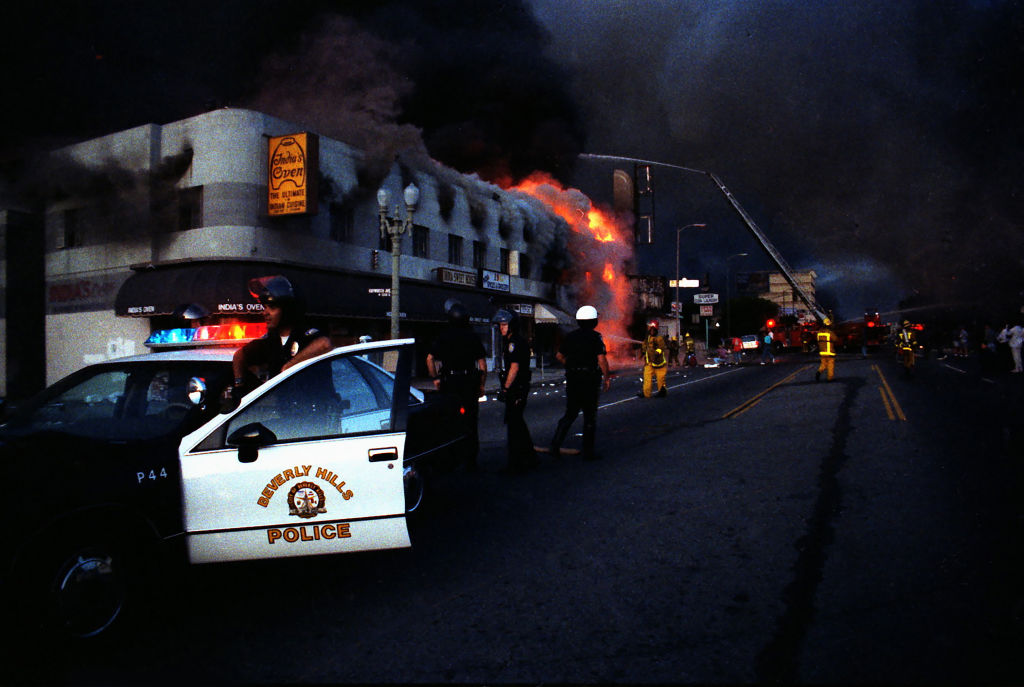










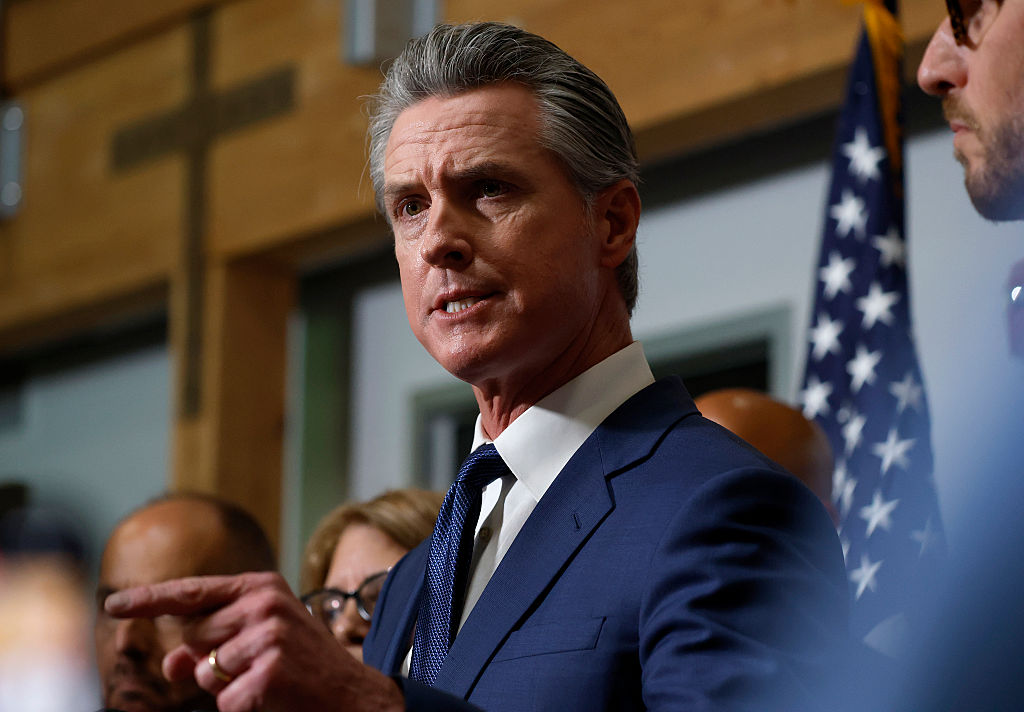
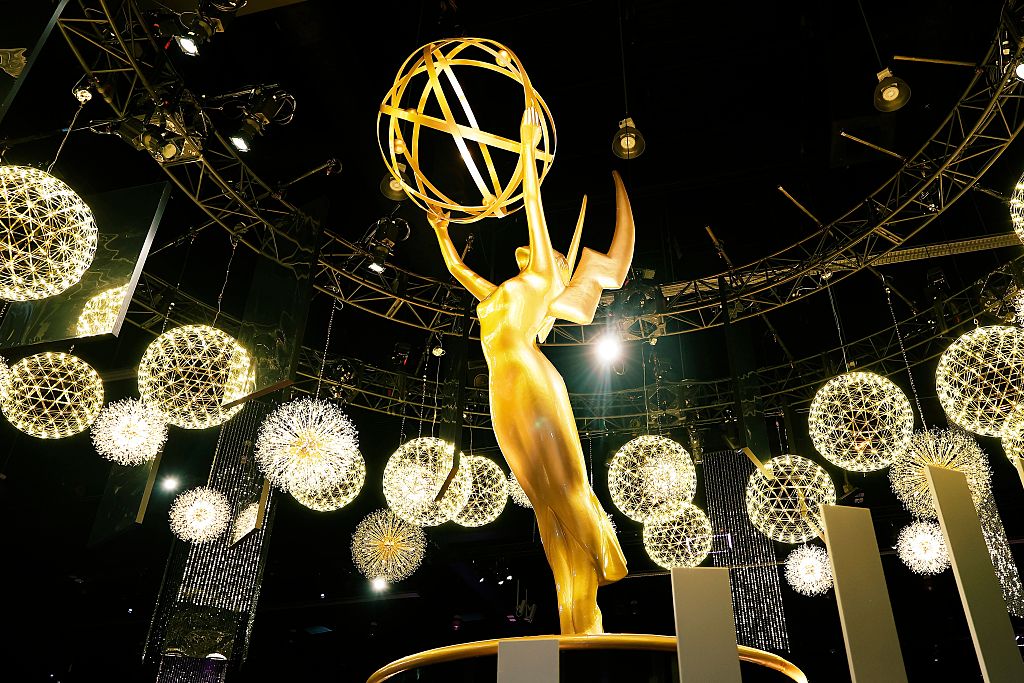

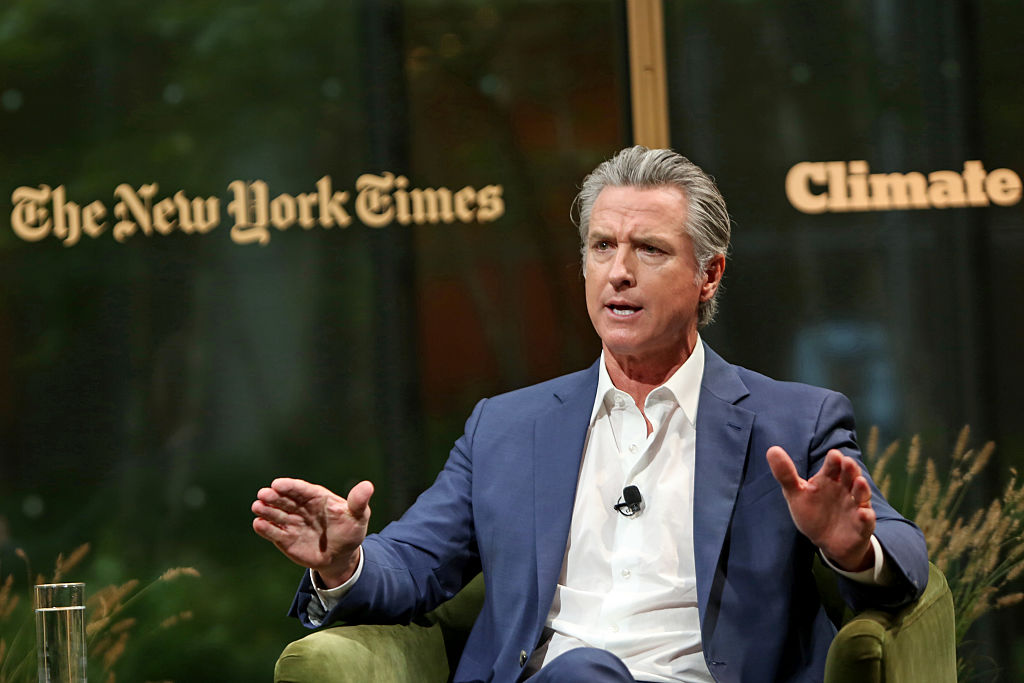
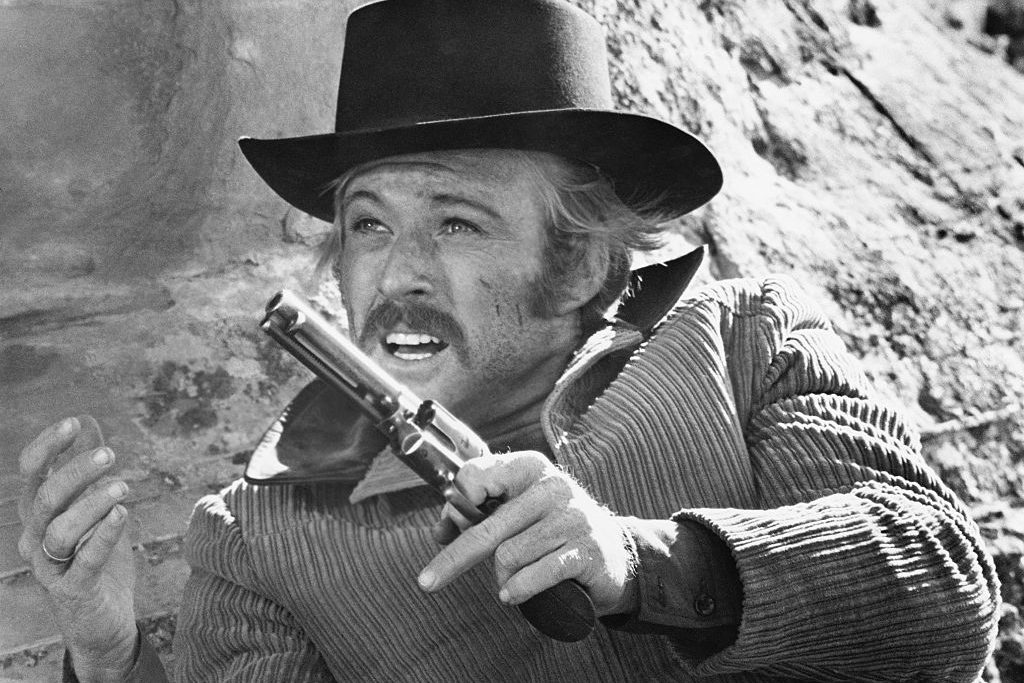





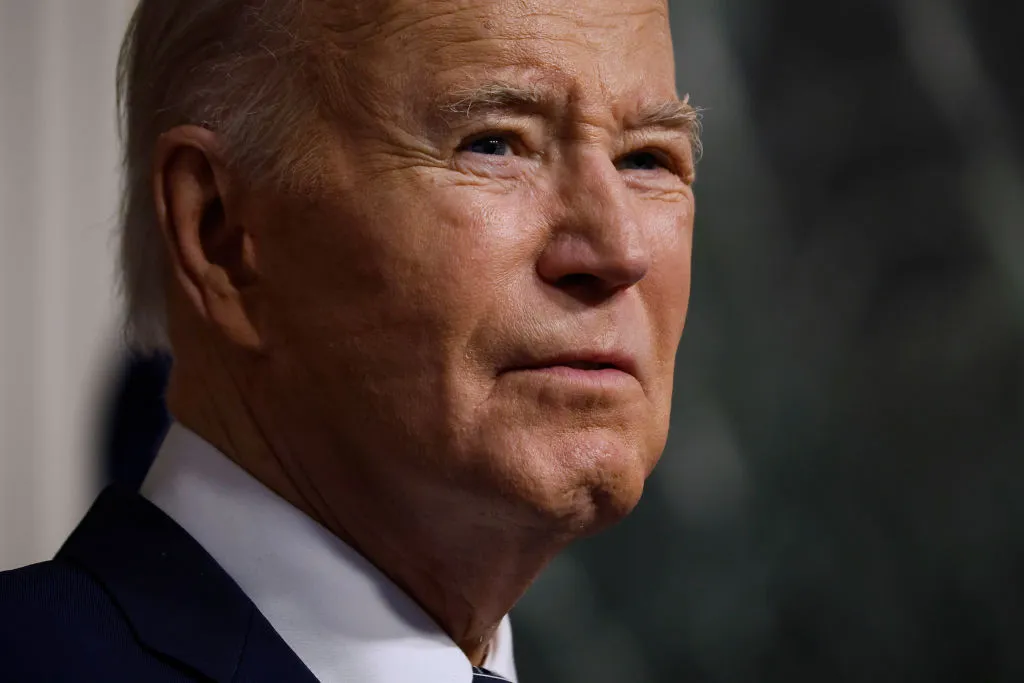

Leave a Reply